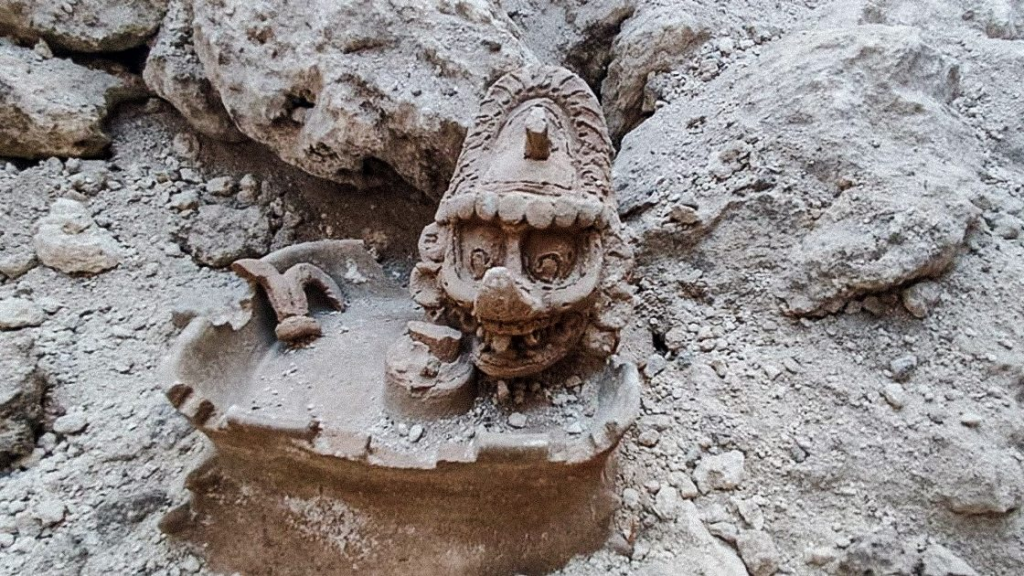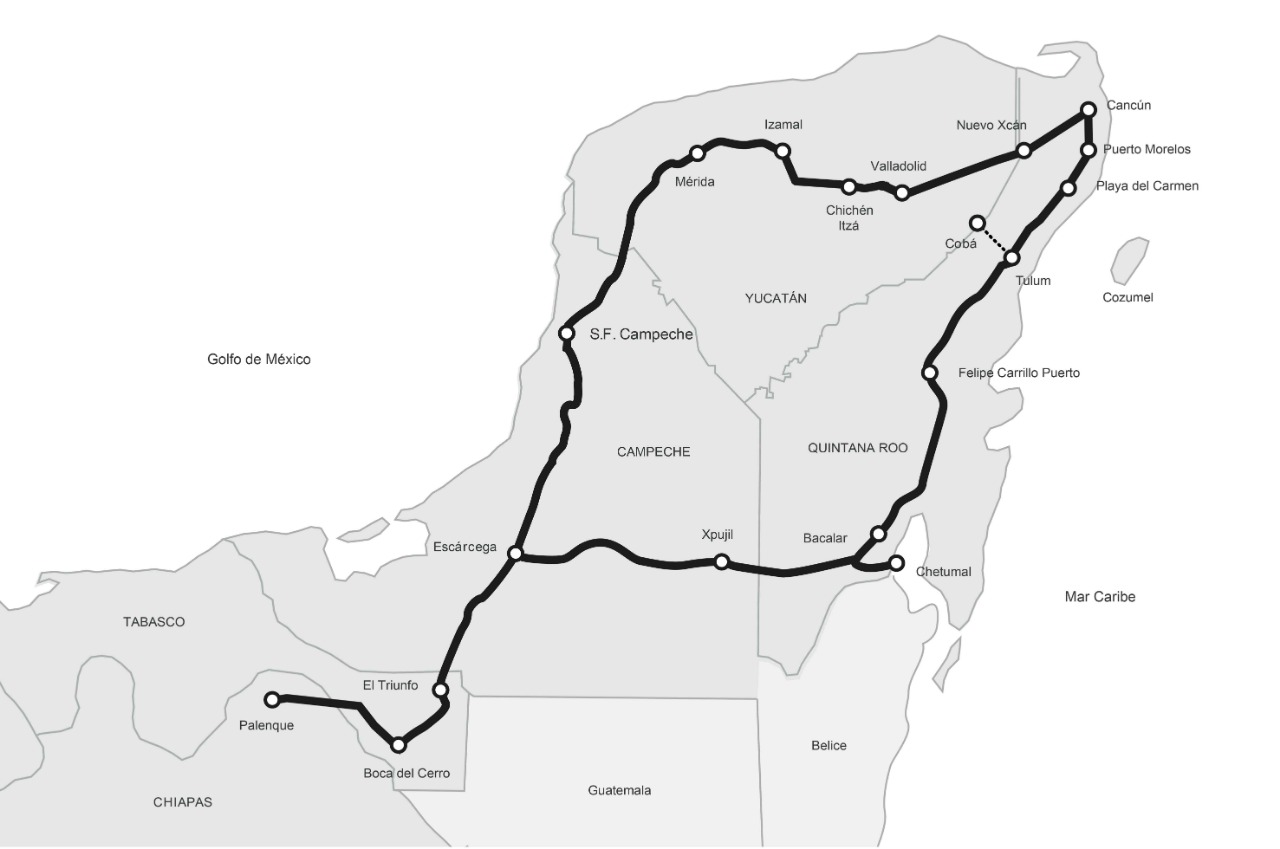Archaeologists working on the Mayan railroad, which will connect many pre-Hispanic sites in the Yucatan Peninsula, discovered a statue of the deity of lightning, Kawiil.

Archaeologists working on the Mayan railway have made an amazing discovery. While saving episode 7, they found a magnificent stone sculpture of the Mayan god K’awil. K’awil is an important deity in Mayan culture, often associated with thunder, serpents, fertility, corn, abundance and royalty.
This find has been hailed as an important find, offering invaluable insight into the beliefs and practices of the ancient Maya civilization.Has a zoomorphic skull, large eyes, a long, upturned nose, and a weakened, snake-like leg.
Protruding from his forehead is a torch, Celtic stone or cigar, usually emitting smoke, and a serpent’s leg represents lightning. As depicted in his stelae, Kawiil embodies the ax of lightning and the rain god-monarch.
During President López Obrador’s morning press conference, Diego Prieto Hernández, Director General of the National Institute of Anthropology and History (INAH), announced the discovery.
“This finding is very important because there are few sculptural representations of the god K’awil; so far, we only know three in Tikal, Guatemala, and this is one of the first to appear in Mexican territory,” Prieto said.
“However, this god’s representation is more commonly seen in paintings, reliefs, and Mayan codices. This rare three-dimensional image was found on the head of an urn whose body shows the face of a different deity, possibly linked to the sun.,” writes Mexico News Daily.
AMLO was shown the sculpture during a trip to examine progress on section 7 of the Maya Train, which runs between Bacalar, Quintana Roo, and Escárcega, Campeche, according to Prieto.

He stated that archaeological rescue efforts are currently focused on sections 6 and 7 of the train’s path, with parts 1 to 5 finished between Palenque, Chiapas, and Tulum.
Complementary projects such as the collection and purification of archaeological materials and their classification and classification are still ongoing, according to Prieto.
All of this work is expected to culminate in the analysis of a vast body of information, the production of scholarly reports, and a major international research symposium on the Maya civilization to be organized later this year.
On April 27, as part of the Maya Train archaeological rescue project, INAH captured and secured a 1,000-year-old Mayan canoe at the San Andrés archaeological site near Chichén Itzá and an 8,000-year-old human skeleton in a nearby cenote from Tulum and a previously unknown archaeological site with more than 300 buildings in Quintana Roo named after Paamul II.
This major project also includes 48,971 ancient buildings or foundations, 896,449 potsherds, 1,817 portable artifacts, 491 human remains, and 1,307 natural features such as caves and cenotes.INAH is also evaluating data from its laboratory in Chetumal, which Prieto says will conduct research on Maya civilization for the next 25 years.
Although the archaeological rescue process is believed to be making good progress, conservationists remain opposed to the Maya move, believing it will cause irreparable damage to the region’s unique ecosystems and subterranean lakes, according to Mexico News Daily.






